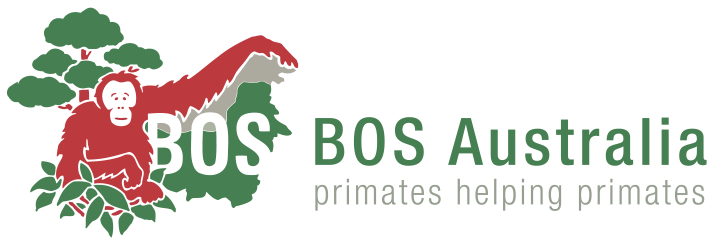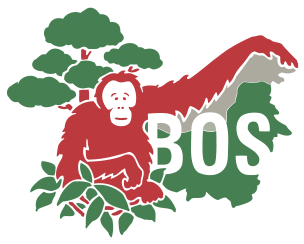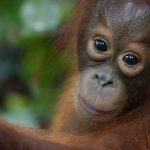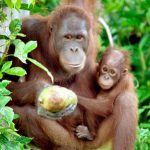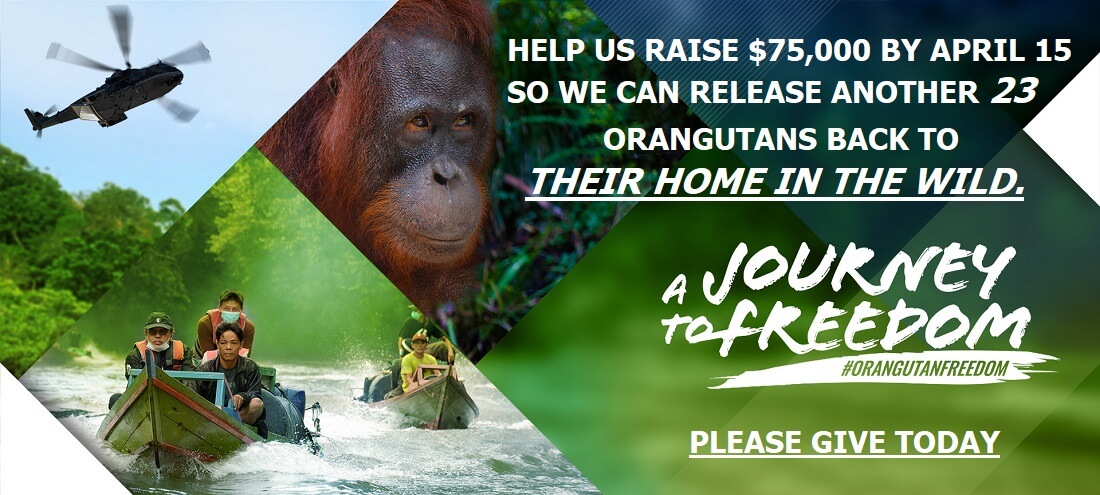Survey on bikes
When we release orangutans to the Bornean rainforest or a pre-release island, we need to make sure they find enough natural food. Therefore, we not only monitor them and make sure they are healthy and adapting well; we also conduct phenology surveys. Our Post-Release Monitoring team regularly carries out these studies. They provide information about how much natural food is available in a forest and what fruits are accessible throughout the year, and in which areas.
In East Kalimantan, we conduct surveys in the Kehje Sewen Forest and on Juq Kehje Swen, a pre-release island an hour’s drive from Muara Wahau. As there are only a few orangutans currently undergoing the pre-release stage of rehabilitation in East Kalimantan, our monitoring team could dedicate some extra time conducting an additional phenology survey in the past month.
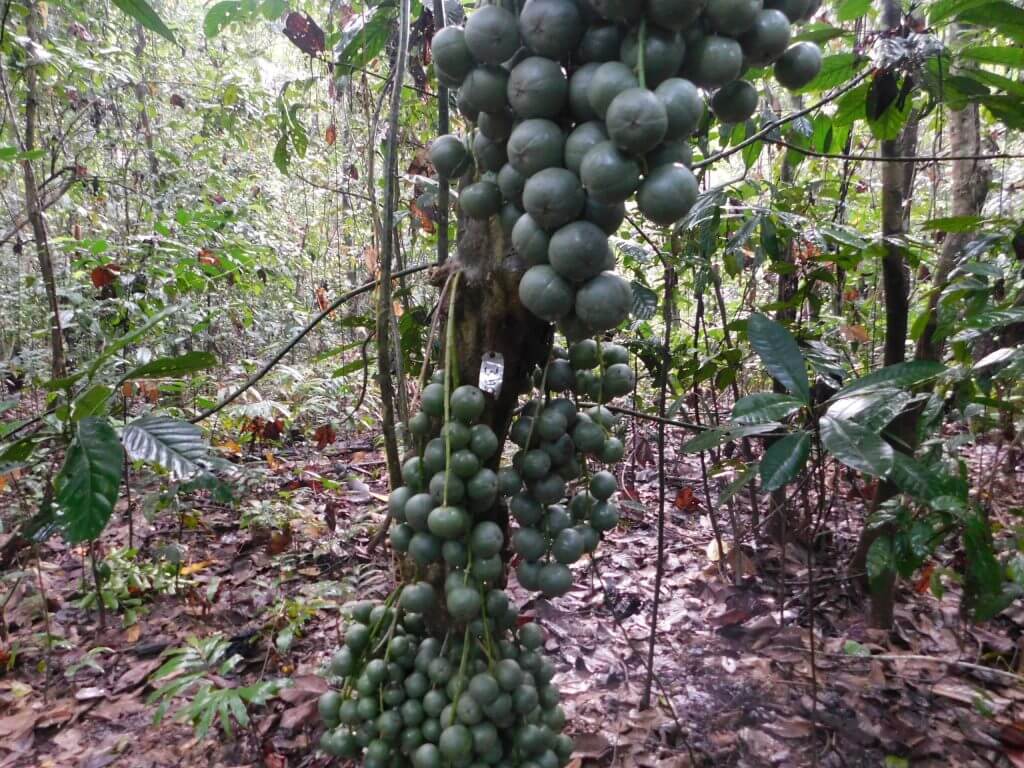
Baccaurea lanceolata fruits
Like how the team monitors orangutans at the release site, the team also sets off early in the morning to start phenology surveys. However, there is one striking difference when conducting phenology surveys of Juq Kehje Swen compared to other BOS Foundation work areas; on the pre-release island, we use dirt bikes. For this latest survey, three of our team members – Yoni, Erik, and Elda – completed the study on two motorbikes.
In the Juq Kehje Swen working area, there are four transects, known as Totti, Arnold, Sakura, and HCV. The latter is located outside the island but still lies within the conservation forest area of PT. Nusa Agro Sawit. The name HCV stands for ‘high conservation value’, indicating a valuable forest area rich in biodiversity.
On the day of the survey, Yoni, Erik, and Elda worked along the HCV transect, checking if some of the trees previously marked were flowering or bearing fruit. The marked trees include those that produce orangutan food and those that orangutans favour for nesting.
The HCV transect differs from the other transects due to its location on higher land and steeper terrain. The other three phenology transects are located on relatively flat areas of the pre-release island.
Yoni, Erik, and Elda completed the survey shortly after Noon and arrived back at the camp at around 2 pm. They then prepared for the next tasks: delivering supplementary food to Juq Kehje Swen and conducting behavioural observations on Desi, the only orangutan currently living on this pre-release island.
Each survey location is unique, and along the HCV transect, the difficult terrain and unexpected weather can create exciting challenges. One can experience unforgettable encounters with wildlife and get the opportunity to photograph the different flora and fauna found in the forest – a dream for all nature photographers.
